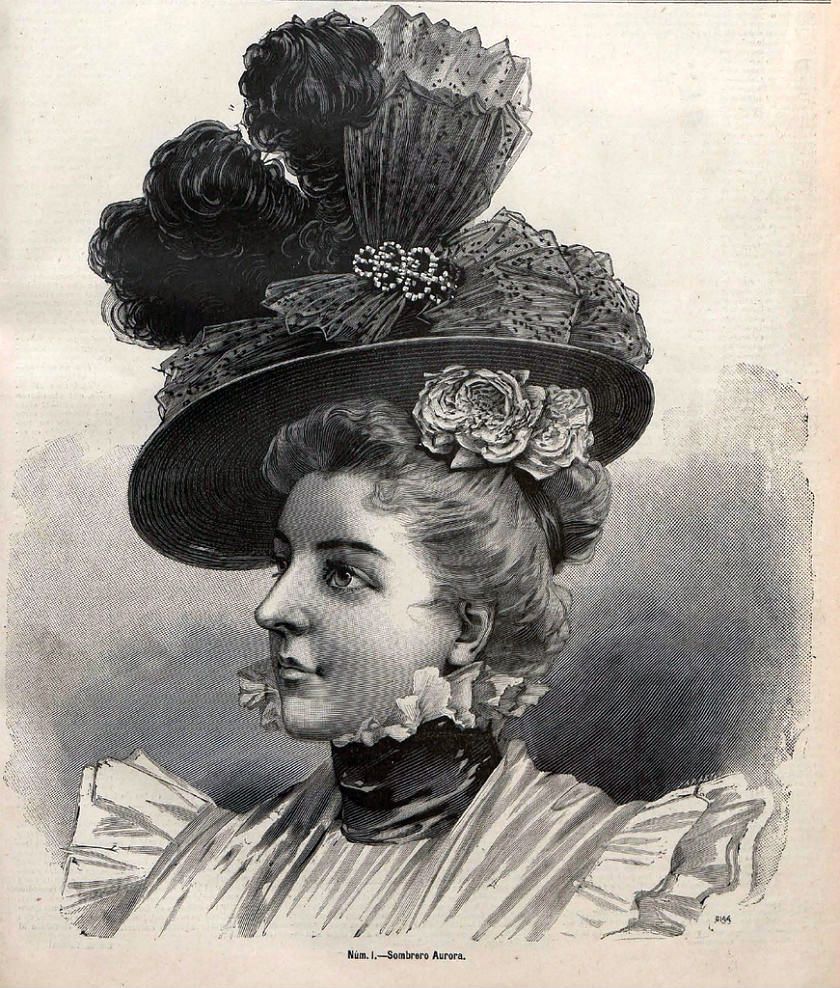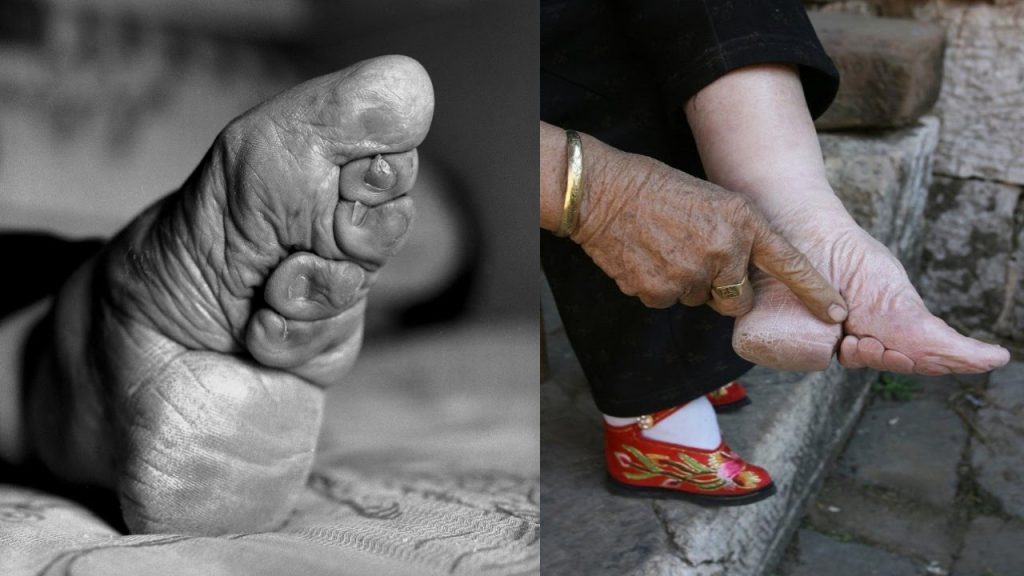People have always strived to look fashionable and meet beauty standards, regardless of gender. And this has been observed at least 10, at least 100 years ago. Both men and women wanted to shine at events and be noticeable. High heels or too tight trousers will now seem like a harmless trifle compared to clothes for a wasp waist, prominent hips and tools for small, delicate legs. We will tell you about six wardrobe items of past centuries that caused irreparable harm to their owners, but were considered a must-have of those times.
Corset
The thinnest waist has been the standard of female beauty and sexuality since the 18th century. They worked on this strictly from childhood: they made special wide belts with sewn-in elastic plates from whalebone, willow or metal rods - corsets familiar to everyone.Often, such wardrobe elements brought girls to fainting and even attacks of asphyxia, deformation of the thoracic region, and compression of internal organs. All this ended in developmental disorders, curvature of the spine, and could even lead to death.

Starched collars
Not only ladies, but also gentlemen suffered from fashion trends in the past. Remember the TV series and films that show the 19th century. There the men wore starched collars. Initially, this detail of the image had a practical purpose: the collar of a shirt was the first to get dirty, and therefore men had to change their shirt every day. Why such difficulties when you can replace one small element of your wardrobe? This is how removable collars arose, which made life much easier for men.

@sartle.com

But very soon it became clear that a starched collar could easily become a murder weapon, and it would “act” on its own. The accessory was so tight around the throat that it squeezed the carotid artery and it was almost impossible to breathe. The Germans even gave him a separate name - “father-killer.” By the end of the 19th century, many sudden cases of death were identified, the cause of which was asphyxia from the collar.

Bright dresses
There were many victims from the experiments of the textile guilds. Fashionistas amazed those around them with outfits of rich colors, and then suffered from burns and poisoning. This was another danger - rich shades on outfits.
Carl Wilhelm Scheele, a pharmaceutical chemist from Sweden, discovered the green pigment for the fashion world in 1778.Already in 1814, its composition was improved, but the base was a mixture of double salts of acetic acid and arsenic acid copper - this is how the young ladies saw a magnificent color - emerald. Later it entered fashion history as a color "Parisian green" and also as a cause of migraines, intoxication, and skin abscesses.

@ostrnum.com
In the 1850s, dyes made from organic compounds, formed by the oxidation of aniline or its salts, came into mass production. They were inexpensive, very toxic and made it possible to obtain more saturated shades - purple, fiery orange, lilac, bright blue, burning red, ruby and others. The ladies put on the brightest suits and scarves, hats and gloves, and very soon they received “colored” poisoning. From an excess of nitrobenzene, the skin acquired an unhealthy grayish tone, and the lips became almost black.

Crinoline
Crinoline is a rigid design designed to give the skirt a fuller shape. In the 1850s and 60s, this wardrobe element was at the peak of its popularity. It was relatively light, gave freedom of movement, allowed men to be kept at the required distance, and also hid some features of the figure, and sometimes the interesting position of the lady. Sometimes the crinoline could reach two meters in diameter, so women often did not pass through the doorway and could not get into the carriage.

The “steel cage” did not allow control over the hem of the dress, which was often draped with meters of silk or velvet. All this led to the fact that the bottom of the outfit could get under the wheels of the carriage, and sometimes catch fire. In the past, there was even such a concept - “crinoline fires”.History knows of cases of tragic deaths of girls whose dress hem caught fire, and they simply could not get out of the crinoline.


Hats made of mercury and pins
The second half of the 19th century - hats with stuffed birds quickly came into fashion. It is worth saying that such headdresses looked really great, if not for one “but”. To mummify birds, hatters used nothing more than arsenic. And the base itself was treated with mercury to make the product softer and more pliable. Agree, a nuclear mixture. Moreover, both craftsmen and fashionistas suffered from such innovations: the chemical composition caused tremors, irritability and allergies.

@m.123ru.net
And another strange trend - at the beginning of the 20th century, women loved voluminous hairstyles. However, it was mega-popular back then. So they secured the hats to the hair with huge pins (about 30 cm). Being on the street among a large crowd of people, their points scratched the faces and got into the eyes of passers-by. The government later issued an administrative requirement that such pins be sold exclusively with protective caps.

@i.pinimg.com
Foot bandaging
Many people know the tradition in China, which was practiced from the 10th to the beginning of the 20th centuries. Its essence is to bandage the feet so that their size does not exceed a certain parameter. It was believed that the ideal leg length was up to 7 cm; such feet were called “golden lotuses.” When the size was larger than this indicator, then these are already “silver lotuses”. But “iron lotuses” - over 10 cm - were completely unacceptable and belonged to the lowest category.

@andradelab.it
To slow down and even stop the growth of the foot, bandaging was performed at a very early age.Young female representatives were tied to all their toes with a strip of fabric, except the big one, and were forced to walk in shoes of the smallest size, which naturally caused the foot to change its correct physiological shape, which in the future could lead to complete immobilization. Needless to say, all this was accompanied by terrible pain that I had to endure.

@i.pinimg.com
It took about three years to form the perfect “lotus”. The process consisted of four stages, and each of them was painful.
Of course, this could not pass without leaving a mark on a woman’s health. The most common pathology is leg infections. A bandage that was too tight squeezed tissues and arteries, blood circulation was disrupted, and it completely disappeared in the fingers. As a result, the inflammation in the feet did not stop, which led to an irreversible cessation of the vital activity of cells and tissues - in fact, necrosis. If the infection affected the bones, the fingers could fall off. This is just a small part of what women in China have experienced after undergoing foot binding.

@Big.az


 1
1





